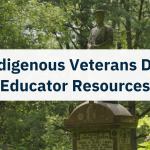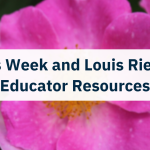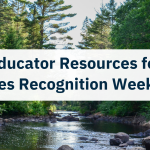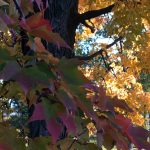Learn from Fall Harvesting
We all know this fall is different from other years. Educators are learning how to adapt their instruction to online, in-class, and hybrid learning. Last month, we talked about 50 different ways to learn outside and let the Land be the teacher. There are various opportunities for learning outside in the fall, from hibernation and migration to adaptations, food science, and harvesting.
In some communities, feasts and activities occur in the fall to honour and celebrate the land and its bounty. Educators can craft lessons around community or school cultural activities. Indigenous Peoples traditionally harvest many foods in the fall, including wild rice, waterfowl, game birds, deer, moose, fish, and berries. Harvesting, conservation, preparation, and consumption of these foods offer many opportunities for learning across subjects. Educators can create lessons around fall food sources even if the school or community has no official events planned.
Lessons About Traditional Harvesting
Creating lessons and learning centred around traditional activities can be daunting for educators. It can be difficult to see how your subject or outcomes match traditional activities. Below you’ll find some examples of learning activities that stem from traditional harvesting.
Begin by taking part in harvesting activities with learners. There doesn’t need to be a full community-wide or school-wide activity planned. Activities like berry picking or root, moss, and plant harvesting are easy to organize as a small class activity. If you can’t coordinate something as a class, encourage learners to go out with family and friends. Activities like hunting or fishing usually involve extra equipment that will require some organization by the school or community. Have a knowledgeable community member come with your class to demonstrate appropriate harvesting practices and respect for the land.
Traditional Harvesting Learning Activities
Storytelling – ELA/Social Studies
Ask an Elder or Knowledge Keeper to share a story about fall harvesting or fall animals, plants, or medicines. Encourage learners to pay close attention to how the storyteller’s words, tone, body language, and pacing help tell the story. After the Elder leaves, discuss what they learned from the story.
Ask learners to develop their own story about fall harvesting or animals, plants, or medicines harvested in the fall. Remind them of how the Elder used words, tone, body language, and pacing to tell a story. Encourage learners to think about these elements as they develop their stories.
Depending on your class context, you may have learners write their stories, deliver them orally, or both.
Do you want to include some science? Some stories that Elders, Knowledge Keepers, or learners tell may involve science. Is the storyteller talking about changes in animal populations? Habitat changes? A trap that did or didn’t work? An amazing shot they made? A time that someone processed meat poorly? These topics can be starting points for scientific discussions about the environment, physics, or biology.
Traditional Activities, Delving Deeper – Social Studies/Science
Encourage learners to ask questions about traditional fall harvesting practices. How have they changed over the years, and why? What are the traditional ways to harvest foods or medicines? How do people prepare and store foods and medicines? Are there local histories about conservation and management, hunting, fishing, or harvesting?
If asking questions during demonstrations is inappropriate, have learners interview Elders, Knowledge Keepers, or family members afterward.
Learners can share their learning with peers by giving a presentation, demonstrating skills, sharing a story, or making a video.
Do you want to include some ELA? The interviewing and teaching aspects of this activity highlight ELA outcomes.
Animals and Plants – Science
As learners participate in harvesting activities, explore the biology of the plant or animal. Explore seed production, root systems, and leaf shapes of plants and trees. Learn about identification, naming, and dichotomous keys. Learn about organs, digestive systems, and food safety. The opportunities here really are endless.
Do you want to include other subjects? It can be easy to add outcomes for other subjects depending on your focus. Have learners write a scientific report on their findings to develop writing skills. Encourage learners to use their math skills to explore animals’ food needs in the ecosystem. Learning about the importance of these foods for Indigenous Peoples will deepen learners’ understanding of social studies concepts.
Harvesting Yields – Math
Taking part in traditional harvesting activities will provide learners with real-life data sets. Learners can practice calculating percentages and ratios, counting data and data sets, finding measures of central tendency, and creating graphs. Learners can also use real-life items to practice measuring weight, calculating length and height, and figuring out capacity and volume.
Extend this learning and create connections with community members by preparing food for others using the learners’ harvest. Learners will develop many math and science skills following a recipe and preparing food. They will practice skills such as scaling quantities and measuring and understanding fractions. They will observe chemical vs. physical changes to the ingredients.
Do you want to include some ELA? Have learners write a piece of procedural writing about preparing a particular dish. Assign one dish to each learner to create a class cookbook for the foods prepared for community members.
As you can see, many learning opportunities can come from learners exploring traditional harvesting practices. Do you already create learning opportunities around fall harvest? What activities do you have learners participate in? Share your go-tos with us!



